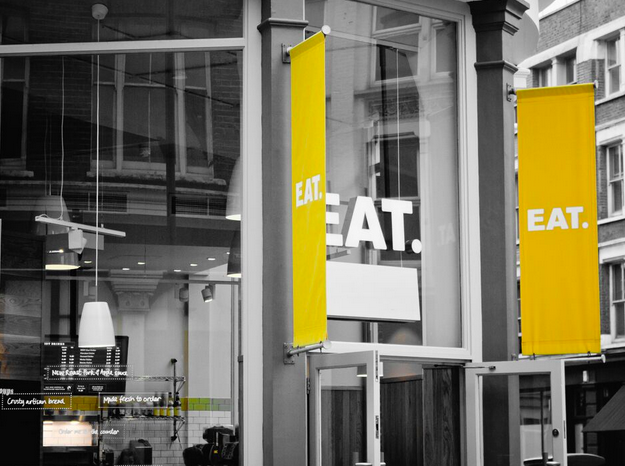Historically, predictive analysis has been the preserve of the major supermarkets. The huge investment in on-premise software systems and the need to employ specialist statisticians to evolve the models in response to business changes has kept it out of reach of smaller retailers.
Thankfully, innovative, cloud-based platform-as-a-service (PaaS) solutions are providing simple yet equally powerful ways of performing predictive analytics at an affordable price – without the need for in-house specialist resource. This has opened up business intelligence to all.
Cloudy with well-stocked meatballs
The advent of the cloud and software being delivered as a service – rather than shrink wrapped boxes of yore – has meant that trialling software is now less risky and much more affordable.
The cloud opens up the predictive analytics playground gates to all sizes of company. Gone are the days where hefty capital expenditure was required to buy the hardware to run data analytics.
>See also: The CEOs of Thomson Reuters and Target show how to be true data leaders
Using a ‘pay for what you use’ software-as-a-service (SaaS) model makes cutting-edge solutions accessible and manageable on a operational-expenditure basis, which is a great leveller for businesses wanting to compete with larger players.
Knowledge-as-a-service
New cloud-based solutions not only remove the need to spend money on initial hardware, they also remove the necessary requirement to have the skilled professionals available to manage and maintain an analytics programme.
EAT wanted its analytics solution implemented and managed without having to understand what was going on under the hood. A strong vendor partnership and a robust system-as-a-service option allows us to focus on what we’re good at – creating exciting, quality food to go and keeping our customers happy – without having to worry about the technical stuff.
The skills for predictive forecasting are exceptionally specific and very technical. We didn’t want to have to build a whole department to manage our forecasting programme and we certainly didn’t want to hire expensive and elusive data scientists to run it.
For it to work for us, we had to find a way to outsource both the software and its ongoing management. In Blue Yonder, with its roots in CERN, we are not only working with data scientists who have been on the cutting edge of theoretical physics, but by clearly defining our success KPIs we don’t need to worry about how the model is being managed and maintained. All we see is improved waste and better availability.
We’re up and analysing
Using predictive analytics, we have been successfully evaluating supply-and-demand metrics to ensure that, when customers walk in on their lunch break, they can find exactly what they want and we don’t lose profits from empty shelves or excessive waste in overstock.
The result of the trial has already shown a 14% waste reduction in the pilot stores. The technology takes into account the existing sales data from EAT, and adds environmental factors such as public holidays, the weather and geographical location to give a much more accurate forecast of which shops need what sandwiches and when.
To get the project started, we initially provided two years of our historical data, so that our outsourced data experts could evaluate this and make informed predictions for demand and sales patterns moving forwards.
Get everyone in on the act
It’s not just about ensuring the right sandwiches are in the right place at the right time. Once the data is in the system, other departments can use predictive analytics to innovate and drive efficiencies.
Once we fully roll out our predictive analytics technology this year, we expect that our product design team will also gain a great deal from the data insights gleaned to help them create new food products that the public will find truly compelling and will ultimately prove profitable for the business.
We are also using predictive analytics for workforce planning. There are two things a customer wants when they come into our stores: to find their preferred product and to be served quickly. If we know our anticipated demand, we can schedule the labour to meet that demand much more accurately.
>See also: From insight to action: why prescriptive analytics is the next big step for big data
We are not a technology company, but we do understand the value of capitalising on the technology out there, bringing it into the core of our business and using it to drive our business forward.
In an era where technology is becoming more accessible, we have been able to do this with great success.
I recently spoke to a large supermarket chain that had plunged millions of pounds into building a predictive analytics capability in-house. It took them over five years to roll out and they still aren’t where they want to be.
I bet one of this supermarket’s technical guys that I’d be up and running with a robust predictive-analytics system in six months – he didn’t believe me. Having a great technology partner and the ease at which you can implement technology today means that we did it.







